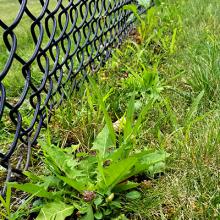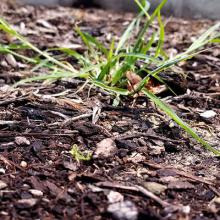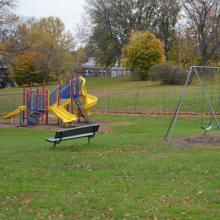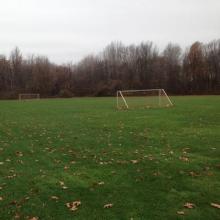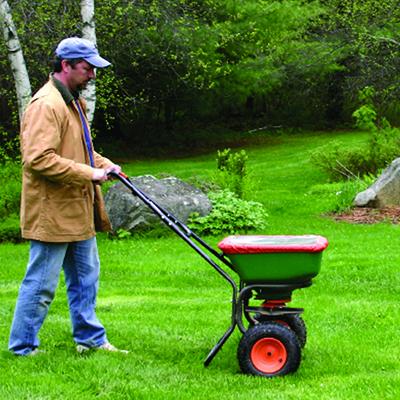
Cultural weed control consists of a broad range of weed management strategies which alter the growing environment to reduce weed pressure and improve "crop" competitiveness. Below is a brief summary of management practices relevant to parks and schoolyards.
For a more in-depth discussion of playing field and turf best management practices, please visit the Cornell Sports Field Management website.
Mowing Height
Mowing is one of the most commonly used weed control strategies in turf. Mowing too short can increase weed problems by weakening turf and reducing shading. Mowing heights greater than 3 inches can greatly reduce weed pressure.
Fertilization Management
Weeds are often more competitive than cultivated plants. Though landscape plants are not given much of an advantage, turfgrass can become more competitive with weeds with proper fertilization timing. For more information, please visit the Fertility and Irrigation Management section of the Playing Fields environment page.
Repetitive Overseeding
Repetitive overseeding consists of repeated applications of grass seed to an existing lawn or turfgrass. This process is used to fill in thin areas, increase turf stands, and crowd out new weeds. The only supplies needed are grass seed, a rotary or drop spreader, starter fertilizer, and time. To learn how to repetitively overseed, please visit Overseeding athletic fields and lawns for ecological control of weeds.


